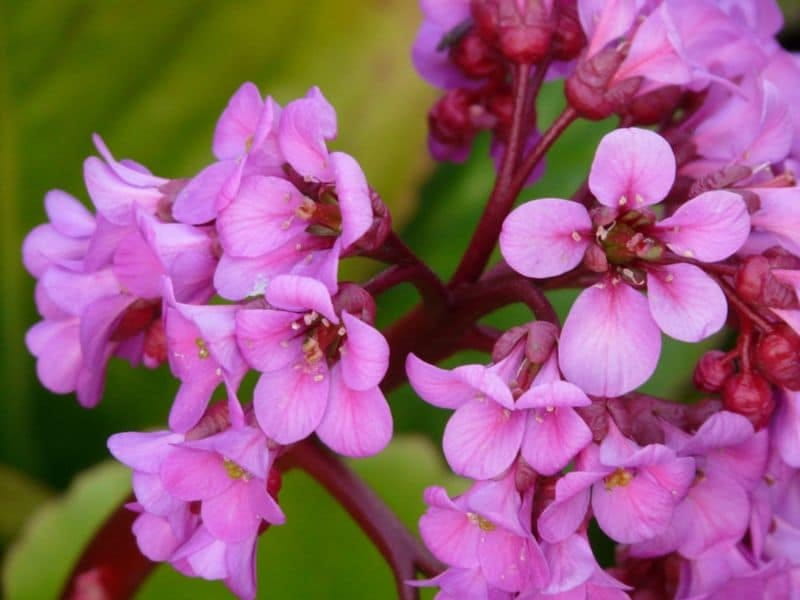Coneflowers are popular perennials with good reason. They are heat and drought resistant, easy to grow, bloom for months, make great cut flowers, and attract birds and pollinators.
The Coneflower is also known as Echinacea and is native to the United States. This plant produces a cone-shaped center that is surrounded by pink petals.
These flowers bloom over a long period of time, which makes them a great border flower. These plants prefer full sunlight to getting any shade.
There are many varieties and the purple coneflower is one of the popular ones. The flowers are collected together into single rounded heads at the ends of long peduncles.
The inflorescences have crateriform to hemispheric shaped involucres which are 12–40 mm wide. The phyllaries, or bracts below the flower head, are persistent and number 15–50.
The phyllaries are produced in a 2–4 series. The receptacles are hemispheric to conic. The paleae (chaffs on the receptacles of many Asteraceae) have orange to reddish purple ends, and are longer than the disc corollas.
The paleae bases partially surrounding the cypselae, and are keeled with the apices abruptly constricted to awn-like tips. The ray florets number 8–21 and the corollas are dark purple to pale pink, white, or yellow.
The tubes of the corolla are hairless or sparsely hairy, and the laminae are spreading, reflexed, or drooping in habit and linear to elliptic or obovate in shape. The abaxial faces of the laminae are glabrous or moderately hairy.
The flower heads have typically 200–300 fertile, bisexual disc florets but some have more. The corollas are pinkish, greenish, reddish-purple or yellow and have tubes shorter than the throats.
The pollen is normally yellow in most species, but usually white in E. pallida. The three or four-angled fruits (cypselae), are tan or bicolored with a dark brown band distally.
The pappi are persistent and variously crown-shaped with 0 to 4 or more prominent teeth. Like all members of the sunflower family, the flowering structure is a composite inflorescence, with rose-colored (rarely yellow or white) florets arranged in a prominent, somewhat cone-shaped head – “cone-shaped” because the petals of the outer ray florets tend to point downward (are reflexed) once the flower head opens, thus forming a cone.
Plants are generally long lived, with distinctive flowers. The common name “cone flower” comes from the characteristic center “cone” at the center of the flower head. The generic name Echinacea is rooted in the Greek word ἐχῖνος (echinos), meaning hedgehog, in reference to the spiky appearance and feel of the flower heads.
We’ll be sharing more about this flower in future.






